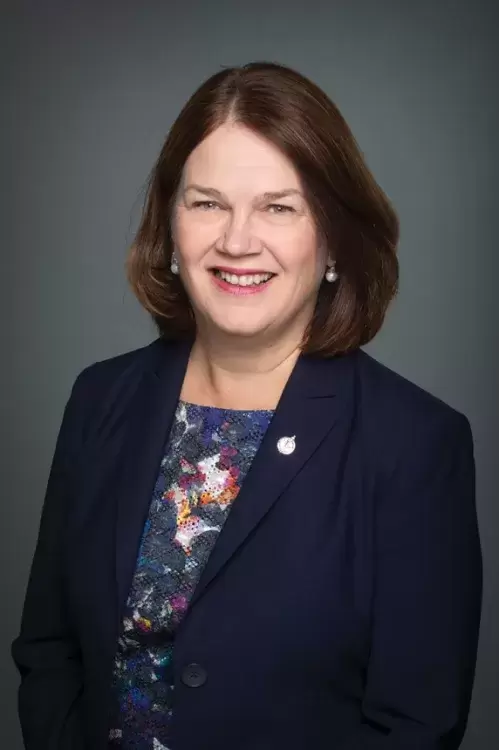With more than half of Canada’s children in care from Indigenous backgrounds, the federal government is exploring an overhaul of child and family services legislation.
This summer federal officials are collecting input from First Nations as the government prepares a proposed National Child and Family Act. This pending legislation must be ready by the fall to allow for Parliamentary processes during the fall session in Ottawa, with hopes that it will be passed by the next federal election in October 2019.
On Tuesday, Aug. 21 Jane Philpott, Canada’s minister of Indigenous Services, came to Nanaimo to sit down with leaders from the Nuu-chah-nulth Tribal Council. Along with a handful chiefs and elected councillors, NTC President Judith Sayers sat in on the hour-and-forty-five-minute meeting. There was an emphasis on finding alternatives to removing children from their families.
“The chiefs talked passionately about keeping our children home, access to culture and language, keeping children within the actual Nuu-chah-nulth family,” said Sayers.
The desire to keep children with their families and out of foster homes has been expressed across Canada, where 52.5 per cent of youngsters under 15 in care are Indigenous, according to the 2016 national census. This is a vast overrepresentation, as First Nations, Metis and Inuit children comprise just 7.7 per cent of kids in Canada, leading many to conclude that the current child protection system is broken.
In 2016 the Canadian Human Rights Tribunal found the country’s First Nations Child and Family Services Program to be discriminatory, and ordered an immediate remedy to the system in place.
Philpott has compared the current situation with Indigenous children in care to past policies of forced assimilation, such as the Indian residential school system and the Sixties Scoop.
“In essence, what’s happening with the overrepresentation of Indigenous children in the foster care system is not that different,” she said.
Those comments came after an emergency meeting on Aboriginal child welfare that Philpott held in Ottawa last January. This led to an action plan, which includes “exploring co-developed federal legislation,” according to the federal ministry.
Currently provincial ministries act as the authorities on child and family welfare for First Nations, but new legislation could be a sign of the federal government taking a larger role in the issue, including providing more resources.
“The minister talked about how this could be legislation that guarantees funding,” said Sayers, noting that First Nations have been advocating for national child and family welfare act for over 30 years. “The federal government is also pursuing legislation on the recognition and implementation of rights, so this would be part of that - recognizing First Nations’ right to take care of their own children.”
In preparation for the Aug. 21 meeting with the federal minister, Nuu-chah-nulth leaders were supplied with a government document that cites “poverty, poor housing, parental substance abuse and domestic violence” as key cause of the overrepresentation of Indigenous children in care. But Sayers believes other causes could be at work. She spoke of a highly publicised case of a three-year-old newborn being removed by the B.C. Ministry of Children from a Huu-ay-aht mother in January.
“How do you know that a mother can’t take care of the child, when they haven’t been given a chance?” Sayers asked. “I think assumptions are made that mothers aren’t capable…I think some of it as well is not understanding what First Nations way of life is.”
While a national child and family act could be a positive step, Sayers cautions that federal legislation could be so prescriptive that it interferes with a First Nation’s ability to attend to its own issues. She believes this is part of the reason that a First Nations education act failed to pass in 2014, as the pending legislation’s required positions were too much for a smaller school like Haahuupayak to support.
“It was amazing how prescriptive it was,” Sayers said. “The legislation needs to be a framework that empowers First Nations with what they have to do.”







